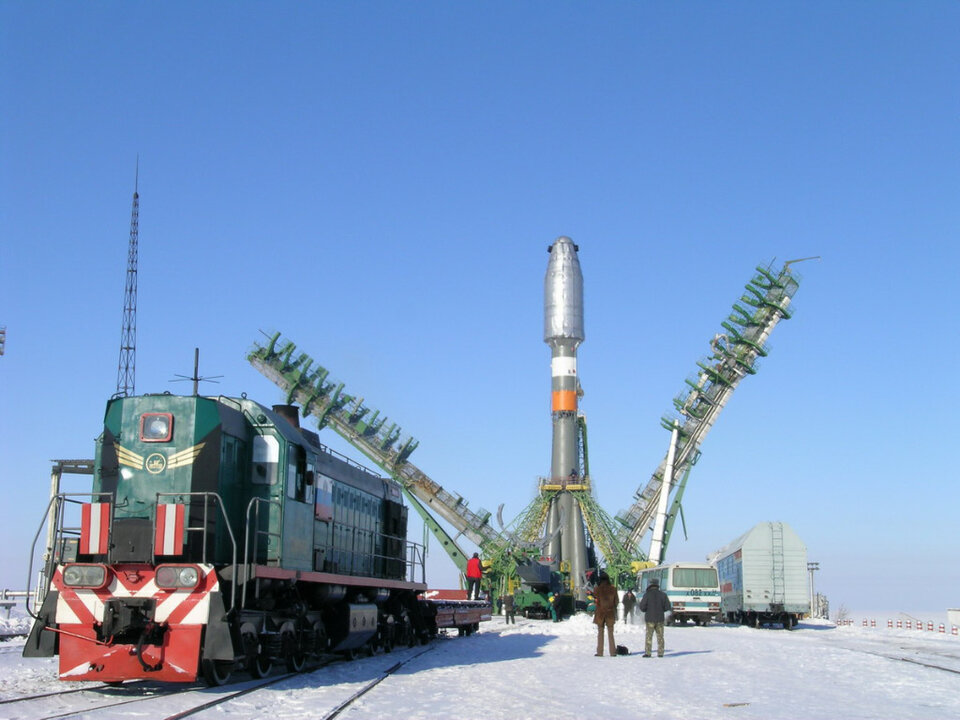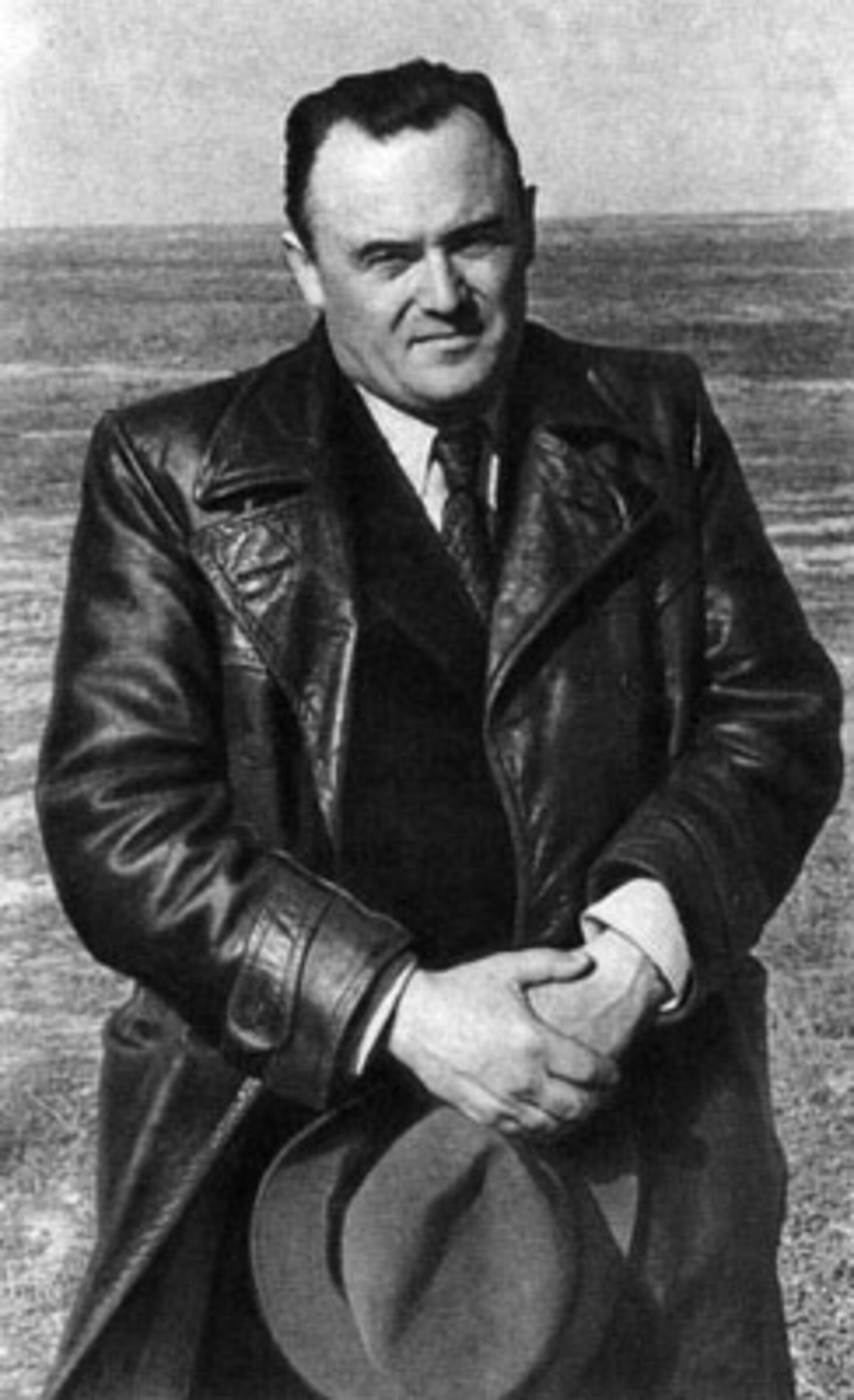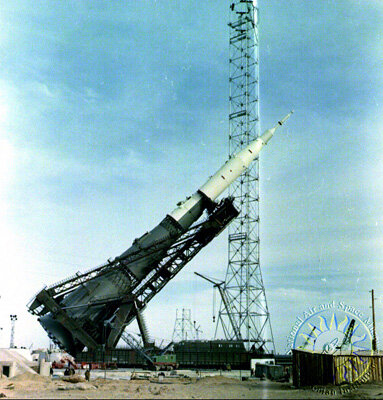Soviet Technology
Soviet Technology
The technology developed by the USSR.
Beginnings
After the US took many German resources during their Operation Paperclip, the USSR was left with whatever was left. They were able to get a V-2 rocket, but much of their success came largely from two rocket scientists, Sergei Korolev and Valentin Glushko. Korolev designed many of the rockets themselves while Glushko made advancements in the field of rocket propulsion.

Soyuz modular spacecraft
Source: ESA - Sergei Korolev: Father of the Soviet Union's success in space
Early developments
The Soviets' first line of rockets used for space was the R-7, which used stacked stage to get longer distances. It used four of Glushko's RD-107 engines and one RD-108, all of these using LOX/Kerosene propulsion with hypergolic ignition.
Later developments
During the mid-1960s, the USSR focused its efforts on designing a new rocket, the N-1. Designed chiefly by Korolev, the N-1 never came to completion due to a debate between Korolev and Glushko on the propulsion. Korolev supported the use of cyrogenic (not-spontaneous) LOX/Kerosene, but Glushko wanted to continue to use his RD line of hypergolic engines with newer developments using hydrogen fuels. Specifically, he designed the RD-170 and RD-270 for the N-1. The N-1 was launched several times with Korolev's cyrogenic engines which could not achieve as much power as Glushko's. However, Korolev died from a surgery for his colon cancer before it could ever be launched, so the first few launches for the Luna missions were the last of the developments made by the Soviet Union. Glushko took command after Korolev's death and cancelled the project due to Apollo having already beaten the USSR to the moon and the continued success of the R-7 line for the Soviets' satellites.

